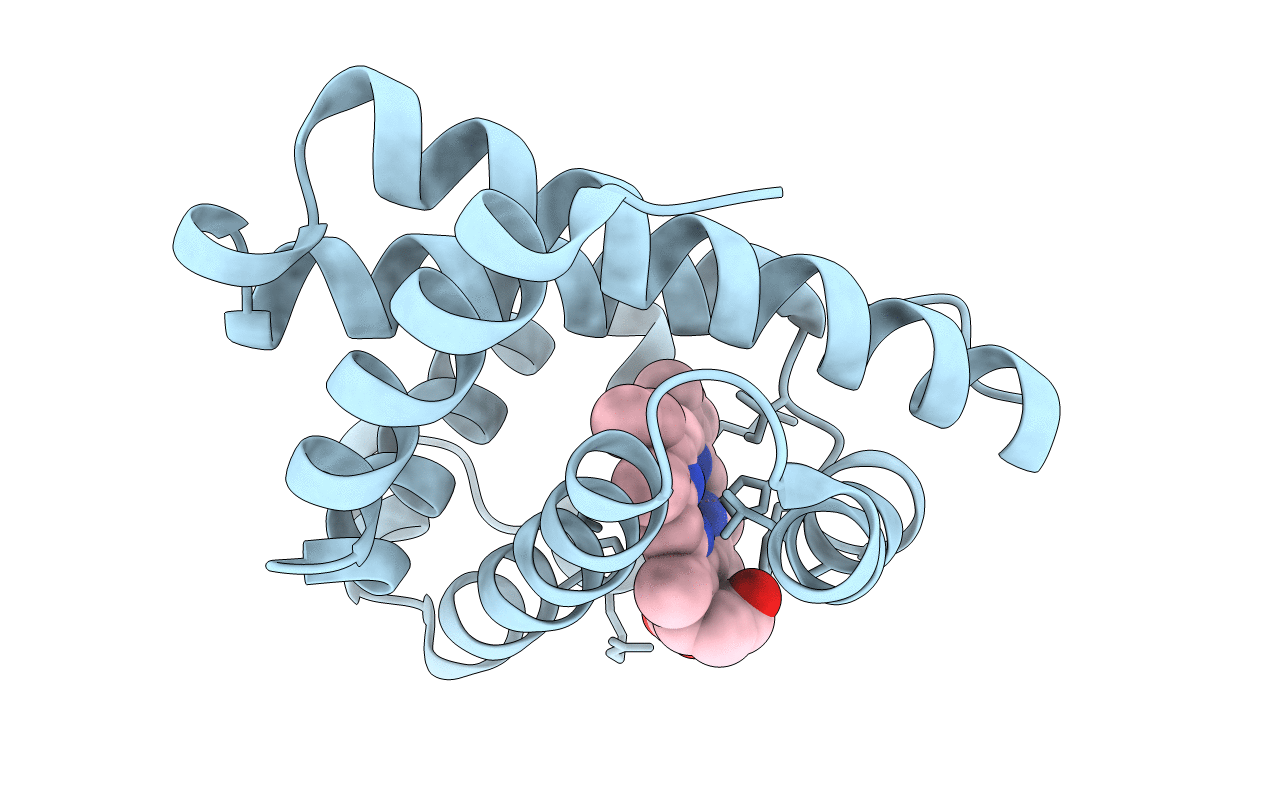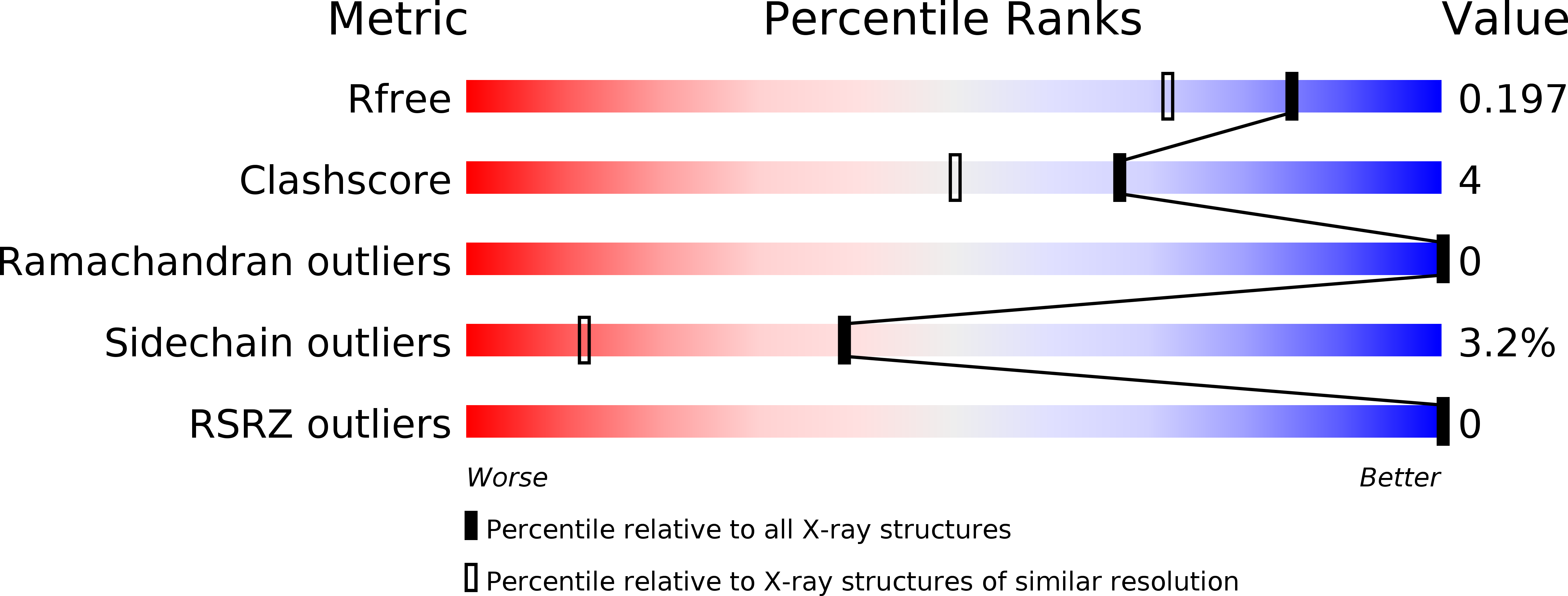
Deposition Date
2014-07-09
Release Date
2014-08-13
Last Version Date
2023-09-27
Entry Detail
PDB ID:
4TYX
Keywords:
Title:
Structure of aquoferric sperm whale myoglobin L29H/F33Y/F43H/S92A mutant
Biological Source:
Source Organism:
Physeter catodon (Taxon ID: 9755)
Host Organism:
Method Details:
Experimental Method:
Resolution:
1.64 Å
R-Value Free:
0.19
R-Value Work:
0.15
R-Value Observed:
0.16
Space Group:
P 21 21 21


